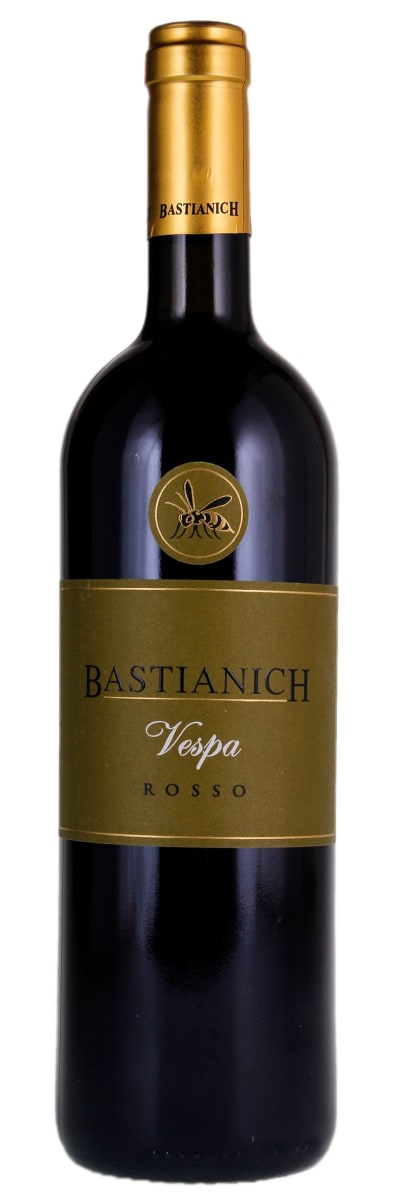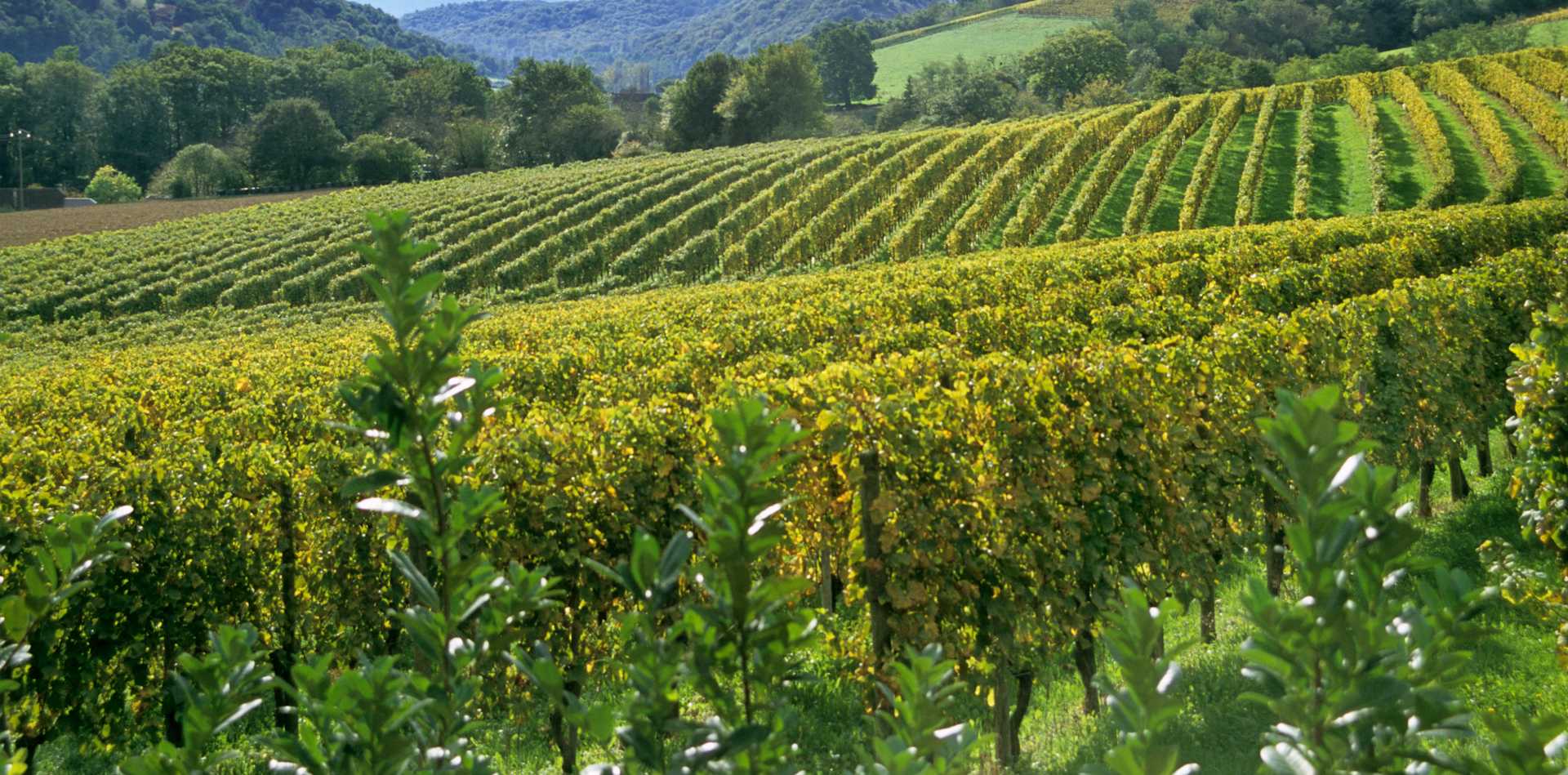Bastianich Vespa Rosso 2015



Product Details
Your Rating
Somm Note
Winemaker Notes

With hundreds of red grape varieties to choose from, winemakers have the freedom to create a virtually endless assortment of blended red wines. In many European regions, strict laws are in place determining the set of varieties that may be used, but in the New World, experimentation is permitted and encouraged resulting in a wide variety of red wine styles. Blending can be utilized to enhance balance or create complexity, lending different layers of flavors and aromas. For example, a red wine blend variety that creates a fruity and full-bodied wine would do well combined with one that is naturally high in acidity and tannins. Sometimes small amounts of a particular variety are added to boost color or aromatics. Blending can take place before or after fermentation, with the latter, more popular option giving more control to the winemaker over the final qualities of the wine.
How to Serve Red Wine
A common piece of advice is to serve red wine at “room temperature,” but this suggestion is imprecise. After all, room temperature in January is likely to be quite different than in August, even considering the possible effect of central heating and air conditioning systems. The proper temperature to aim for is 55° F to 60° F for lighter-bodied reds and 60° F to 65° F for fuller-bodied wines.
How Long Does Red Wine Last?
Once opened and re-corked, a bottle stored in a cool, dark environment (like your fridge) will stay fresh and nicely drinkable for a day or two. There are products available that can extend that period by a couple of days. As for unopened bottles, optimal storage means keeping them on their sides in a moderately humid environment at about 57° F. Red wines stored in this manner will stay good – and possibly improve – for anywhere from one year to multiple decades. Assessing how long to hold on to a bottle is a complicated science. If you are planning long-term storage of your reds, seek the advice of a wine professional.

Viticulture has thrived in Colli Orientali del Friuli since the reign of ancient Rome and today its verdant, rolling hills support a long list of autochthonous varieties, each playing a unique and important role in the modern Colli Orientali wine scene.
The region is primarily recognized for its white wines. Its indigenous varieties of Ribolla Gialla, Verduzzo, Picolit and perhaps most importantly, Friulano are made into single varietal wines or blended, and often blended with the international varieties of Sauvignon blanc, Pinot grigio and Pinot bianco. The latter have been flourishing in the area since the 1800s. But it wasn’t until the 1970s when producers started using cold fermentation techniques to produce fresh, fruity, crisp and aromatic whites that this area began to attract international attention.
While reds only make up about a third of the area under vine, Colli Orientali is home to some of Italy’s most exciting and rare red wines. Refosco, Schioppettino, Tazzelenghe and Pignolo are among the autochthonous varieties while Merlot, Cabernet Sauvignon and Pinot Noir also have a stronghold.
Colli Orientali holds much in common with its neighbor, Collio; the only thing dividing them is a political line. Both are influenced by the cooling effects of the Julian Alps and moderated by the Adriatic Sea. A unique soil of alternating marine layers called flysch also dominates Colli Orientali, providing a mineral-rich environment for vine roots and optimal water drainage.
